Are Your Pajamas Secretly Gross? What a Textile Expert Wants You to Know
I’ve spent a couple of decades deep in the world of textile science. A lot of that time was with big commercial operations—think hotels and hospitals—helping them figure out the best ways to keep fabrics clean and safe. But honestly, the question I get most often in my regular life is, “How often should I really wash my pajamas?”
In this article
It sounds so simple, right? But the answer is more complex than you’d think, touching on skin health, microbiology, and even the way different fabrics work.
Most people I chat with are a bit shocked by the answer. It’s common to wear the same PJs for a week or even longer, treating them like a jacket you only wear for an hour. But here’s the thing: sleepwear is different. You’re in it for about eight hours straight, pressed right up against your skin, all tucked into a warm bed. Your pajamas basically create their own little microclimate, and what goes on in there is pretty key to your health and comfort.

This isn’t about making anyone feel bad about their laundry habits. It’s about sharing what I’ve learned from looking at this stuff under a microscope and seeing what actually builds up. We’re going to get into the nitty-gritty of what you leave behind every night, the pro methods for getting your sleepwear truly clean, and why your choice of fabric makes a massive difference.
What’s Really Building Up in Your PJs?
To get why frequent washing is a big deal, you have to know what your body is shedding every single night. It’s a mix of biological stuff that turns your cozy pajamas into a perfect breeding ground for microscopic critters. This isn’t just theory; it’s a fact of life in any microbiology lab.
1. Dead Skin Cells
Your skin is always renewing itself, shedding millions of cells every day. A huge chunk of this happens while you’re tossing and turning at night. These tiny flakes of skin get trapped in the weave of your PJs. On their own, they’re harmless. But, they are the absolute favorite food of dust mites, one of the most common allergens found in our homes.

2. Sweat and Body Oils (Sebum)
Even if you don’t feel sweaty, your body is constantly releasing moisture and oils overnight. This combination of sweat (water, salt, and other waste) and sebum (your skin’s natural waterproofing oil) soaks right into your pajama fabric. And just like that, your dry PJs become a damp, nutrient-rich environment where things can start to grow. Fast.
3. Your Skin’s Microbiome
Your skin is home to a whole community of over a thousand types of bacteria and fungi—most of them are totally fine, even helpful! But some are what we call “opportunistic.” Think of things like Staphylococcus aureus, which about a third of us carry without any problems. The issue is, when you wear the same PJs night after night, you’re concentrating these organisms in one place. Add the warmth from your body, the moisture from your sweat, and the food from your skin cells, and you’ve basically turned your sleepwear into a microbial incubator. After a few nights, it’s not just cloth anymore; it’s a thriving ecosystem.

How to Actually Get Your Pajamas Clean
In a commercial laundry, cleaning is all about disinfection to stop infections from spreading. You don’t need to go that far at home, but borrowing a few of their principles will make a huge difference.
So, How Often Should You Wash Them?
There’s no single rule, but a great starting point is to wash your pajamas every 2-3 wears. It’s a small habit with a noticeable impact—people who stick to this often tell me they have fewer random skin irritations.
That said, you should definitely wash them after just one night if:
- You’re a heavy sweater. If you wake up even slightly damp, into the hamper they go.
- You have a skin condition. For anyone dealing with acne, eczema, or any open sores, washing after every wear is critical to prevent things from getting worse.
- You’re sick. Your PJs can hold onto cold and flu germs. Wash them daily in hot water until you feel better.
- You shower in the morning. If you go to bed without showering first, you’re bringing the day’s grime with you. In that case, one-and-done is the best policy.
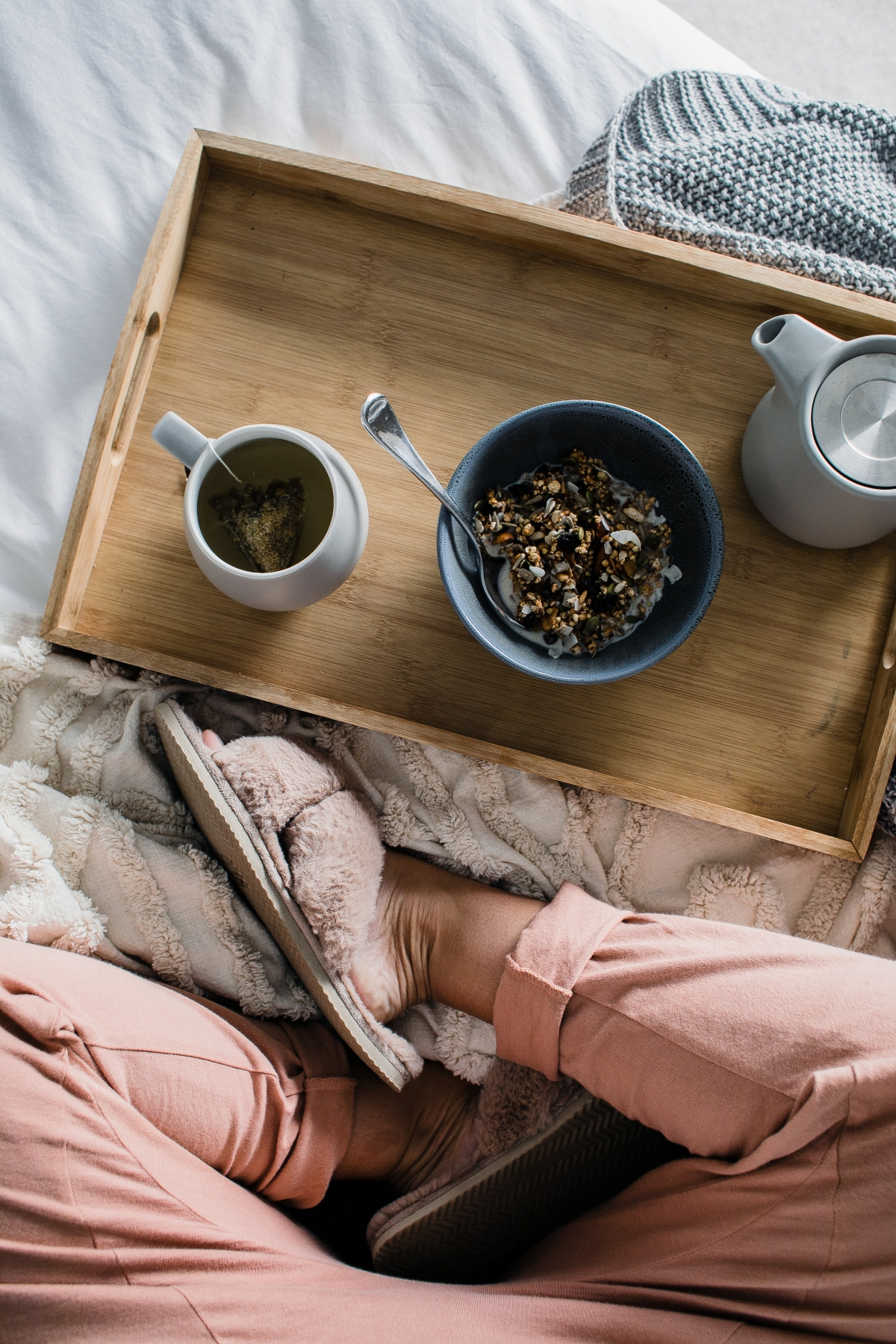
The Right Way to Wash
Just tossing them in the machine might not be enough. Here’s what the pros focus on:
1. Water Temperature is Key
Hot water (around 140°F / 60°C) is fantastic for killing bacteria and dust mites, making it perfect for durable cotton or linen PJs. But, it can damage more delicate fabrics. A warm wash (around 104°F / 40°C) is a great middle-ground, effectively removing oils and reducing germs without being too harsh. Cold water, by the way, will remove visible dirt but won’t do much in the way of sanitizing.
2. Pick the Right Detergent
This is a big one. Look for a high-quality enzymatic detergent. Don’t let the name scare you; it just means the soap uses natural proteins to break down specific stains. You want to see
Galerie d’inspiration
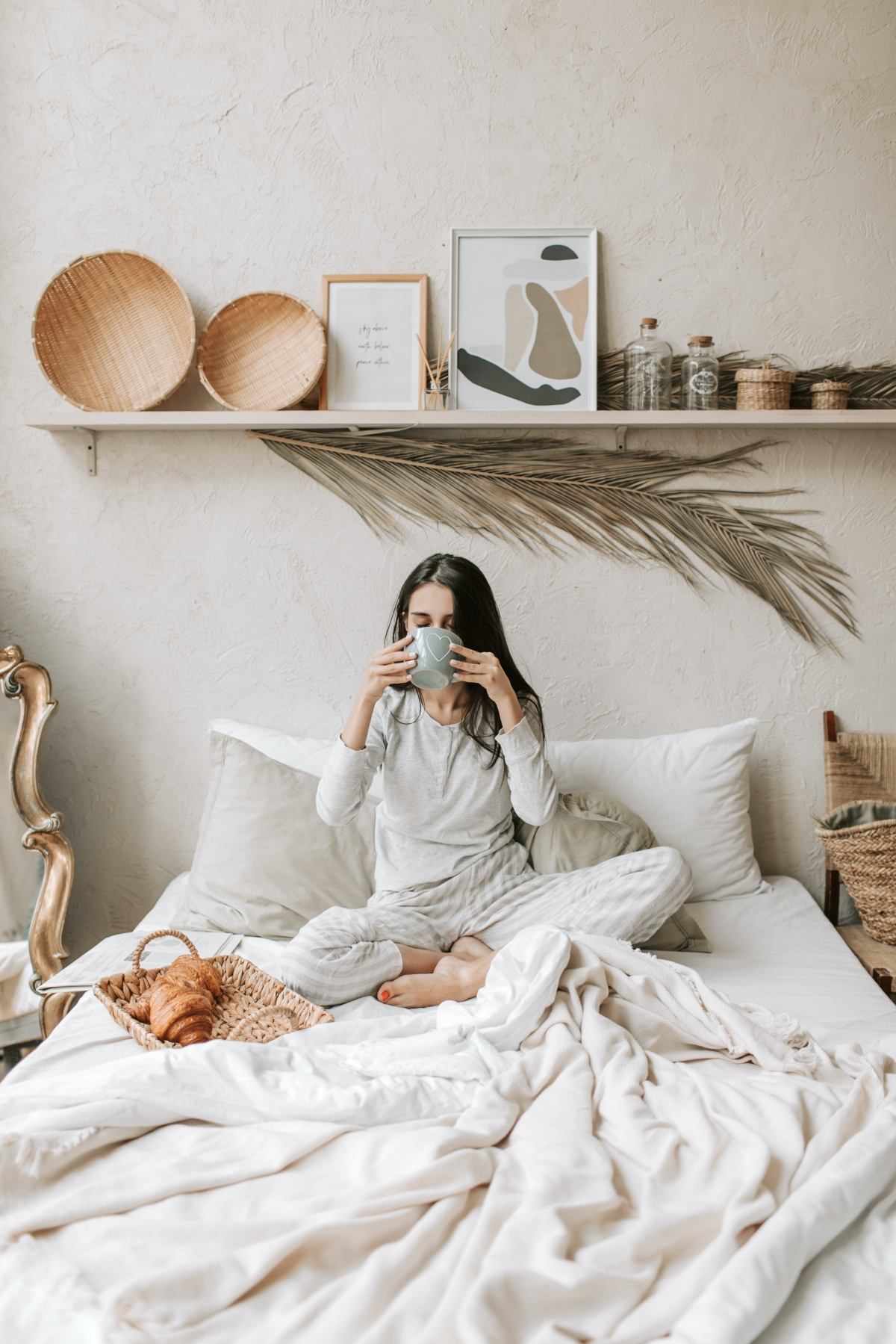
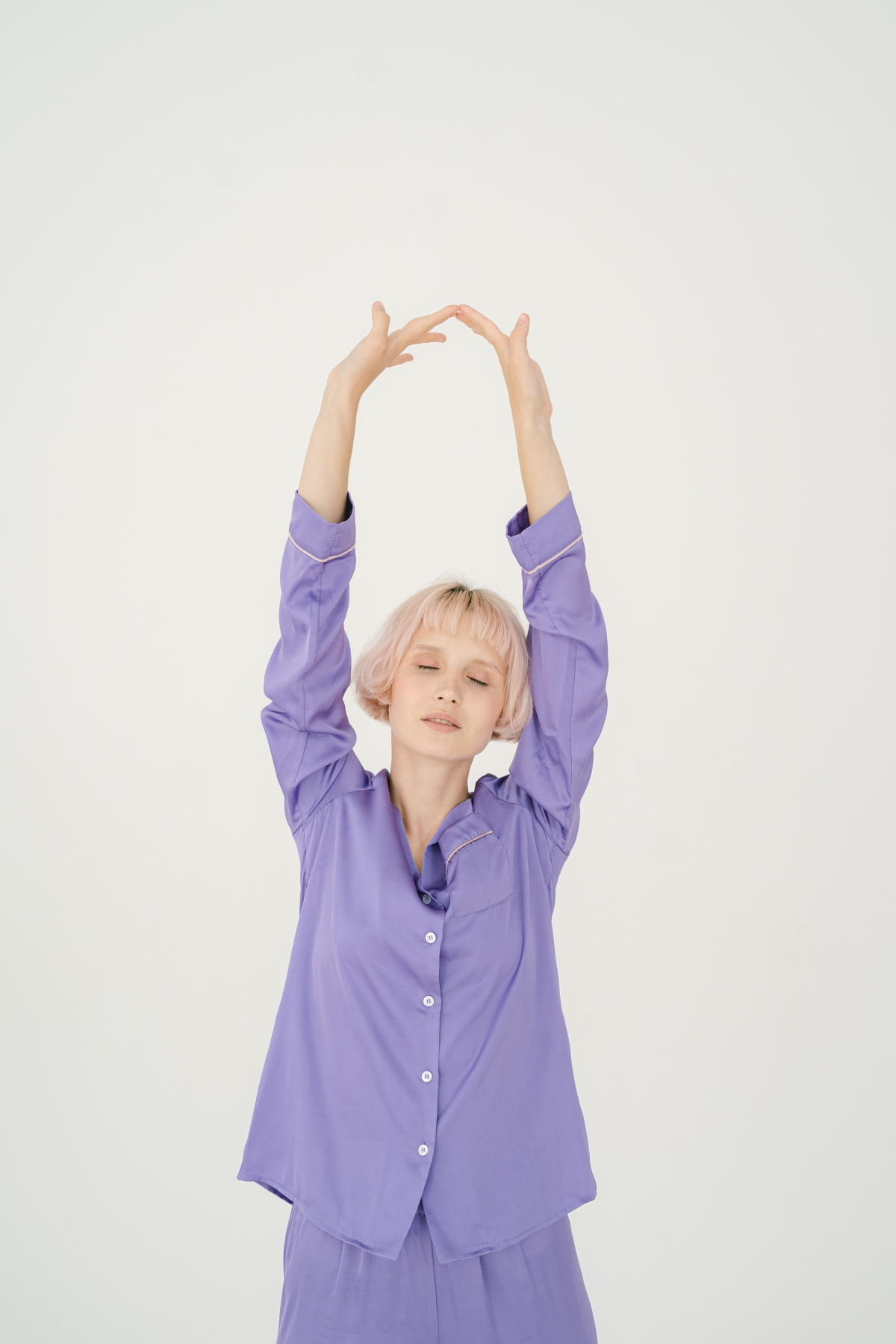
Bamboo Viscose: Prized for its silky feel and incredible softness, bamboo fabric (like that from Cozy Earth) is highly breathable and moisture-wicking, helping to regulate body temperature. It’s a dream for hot sleepers.
Organic Cotton: A classic for a reason. Brands like Pact champion organic cotton for its hypoallergenic and durable nature. It’s crisp, gets softer with each wash, and is a great choice for sensitive skin.
Ultimately, the choice is personal: opt for bamboo for a luxurious, cool-to-the-touch sensation, or choose organic cotton for reliable, breathable comfort.
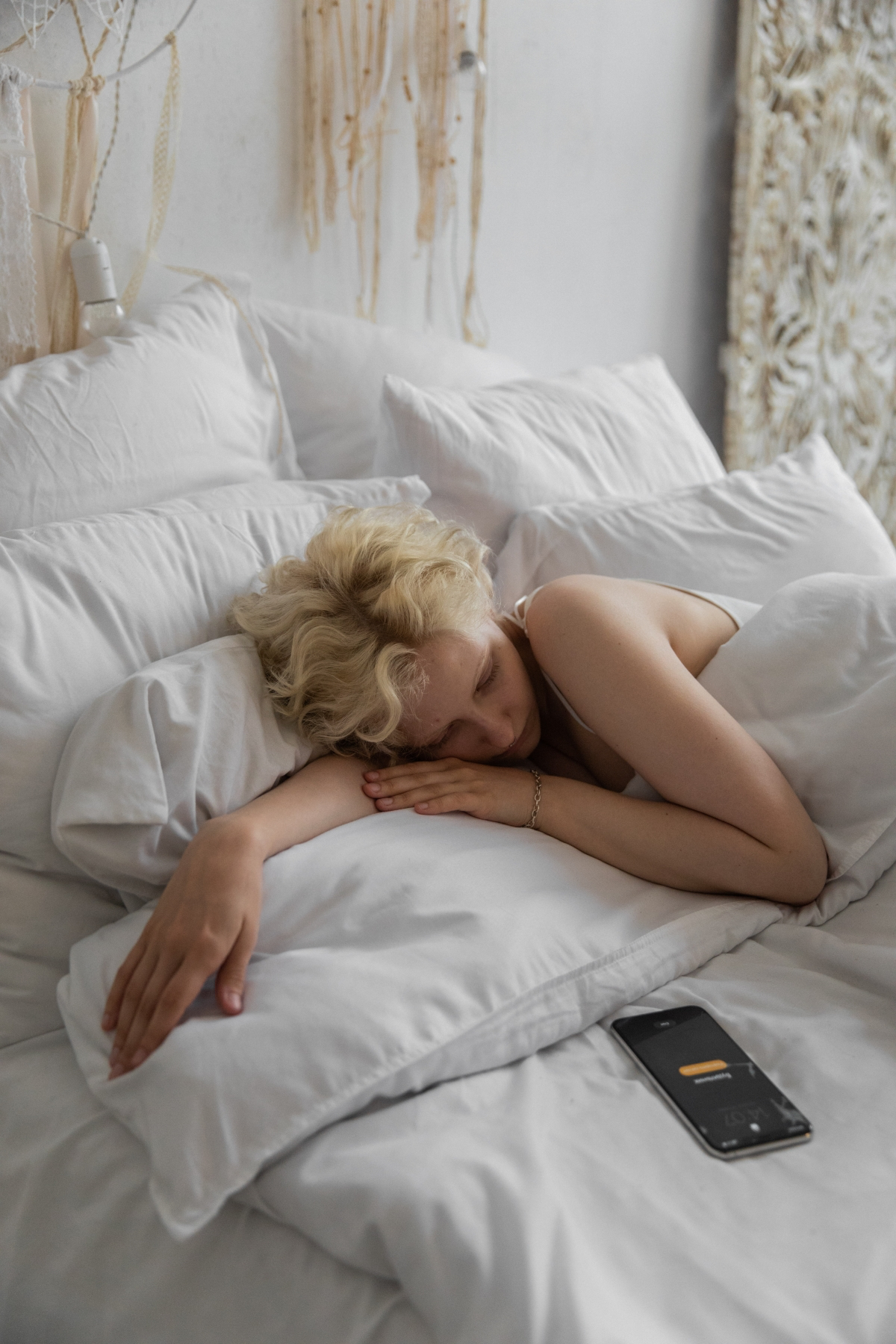
A 2015 study from the University of Arizona found that the average washing machine contains over 100 million E. coli bacteria.
This is why washing temperature matters. While many modern detergents work in cold water, killing stubborn bacteria and dust mites often requires heat—ideally around 140°F (60°C). For delicate pajamas that can’t handle the heat, consider adding a laundry sanitizer, like The Laundress’s ‘Scented Vinegar’ or a few drops of tea tree oil in the rinse cycle, to help disinfect fabrics without high temperatures.
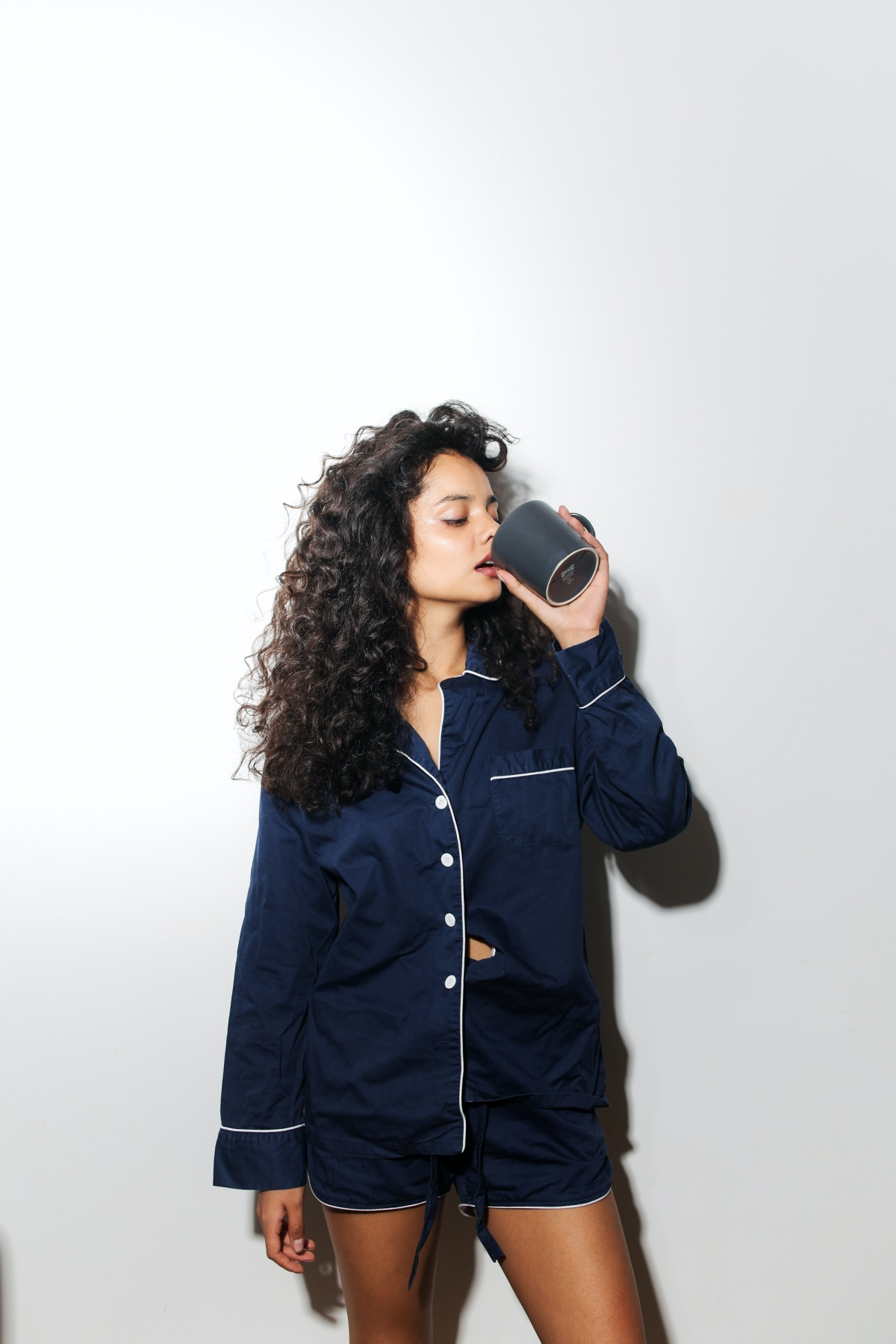
Can a fresh pair of pajamas actually help you sleep better?
Beyond the obvious hygiene benefits, the answer is a resounding yes. The ritual of changing into clean sleepwear signals to your brain that it’s time to wind down. The psychological comfort is real: the crisp, cool feel of fresh fabric against your skin, the subtle, clean scent instead of stale body odors, and the absence of any itchy or greasy residue from previous nights. This sensory reset minimizes distractions and creates a more luxurious, calming environment, helping you drift off faster and enjoy a deeper, more restorative sleep.
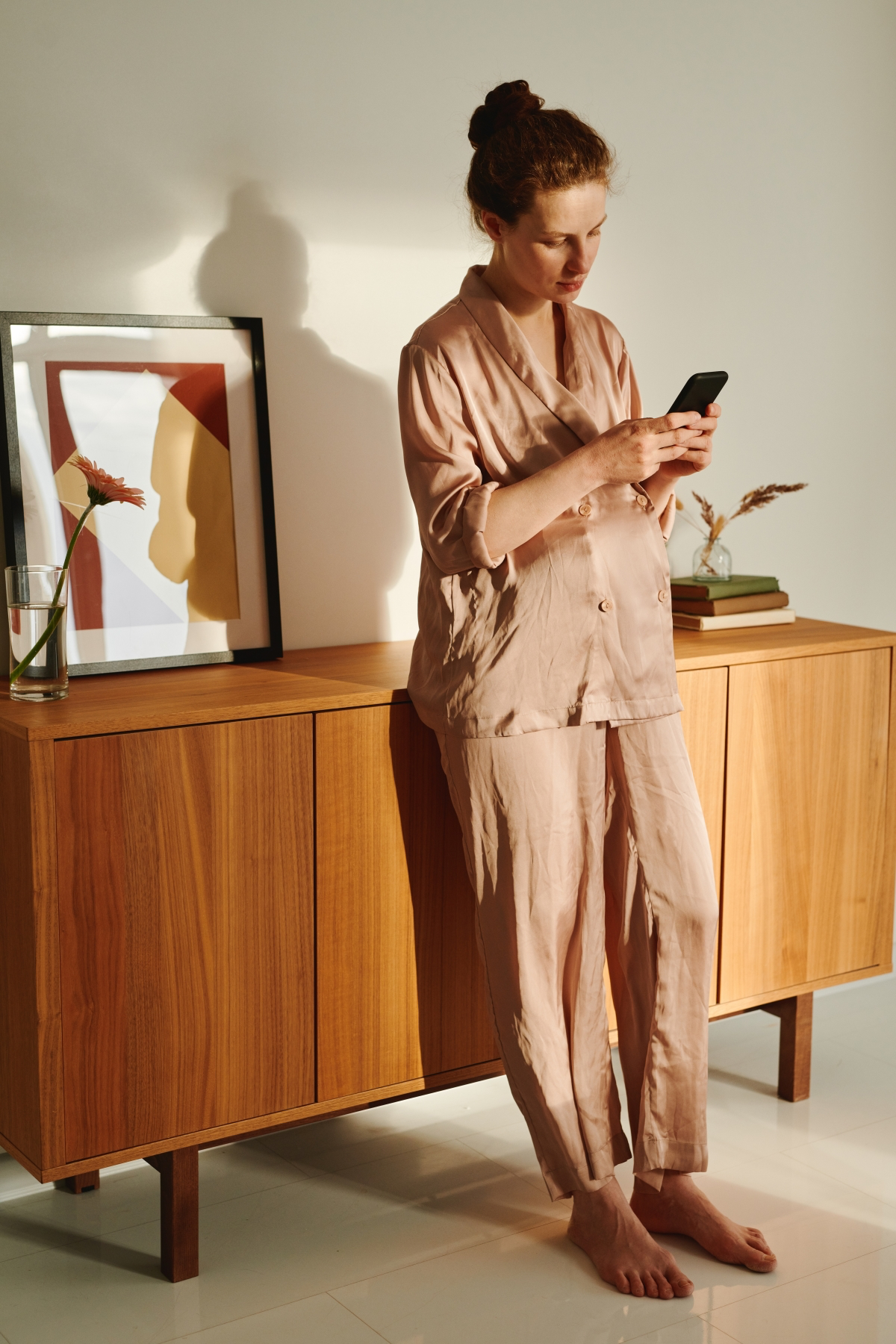
- Establish a 3-night rotation system to avoid overuse.
- Keep a separate, breathable hamper just for pajamas to prevent moisture buildup.
- Wash them inside-out to protect fabric fibers and any prints.
- Tuck a small cedar block or lavender sachet in your pajama drawer to keep them smelling fresh between wears.
The Fabric Softener Trap: It seems like a good idea, but heavy fabric softeners can be your pajamas’ worst enemy. They leave a waxy coating that traps bacteria and body oils, reduces the moisture-wicking properties of performance fabrics like TENCEL™ or modal, and can irritate sensitive skin. Opt for wool dryer balls instead to soften fabrics naturally.










